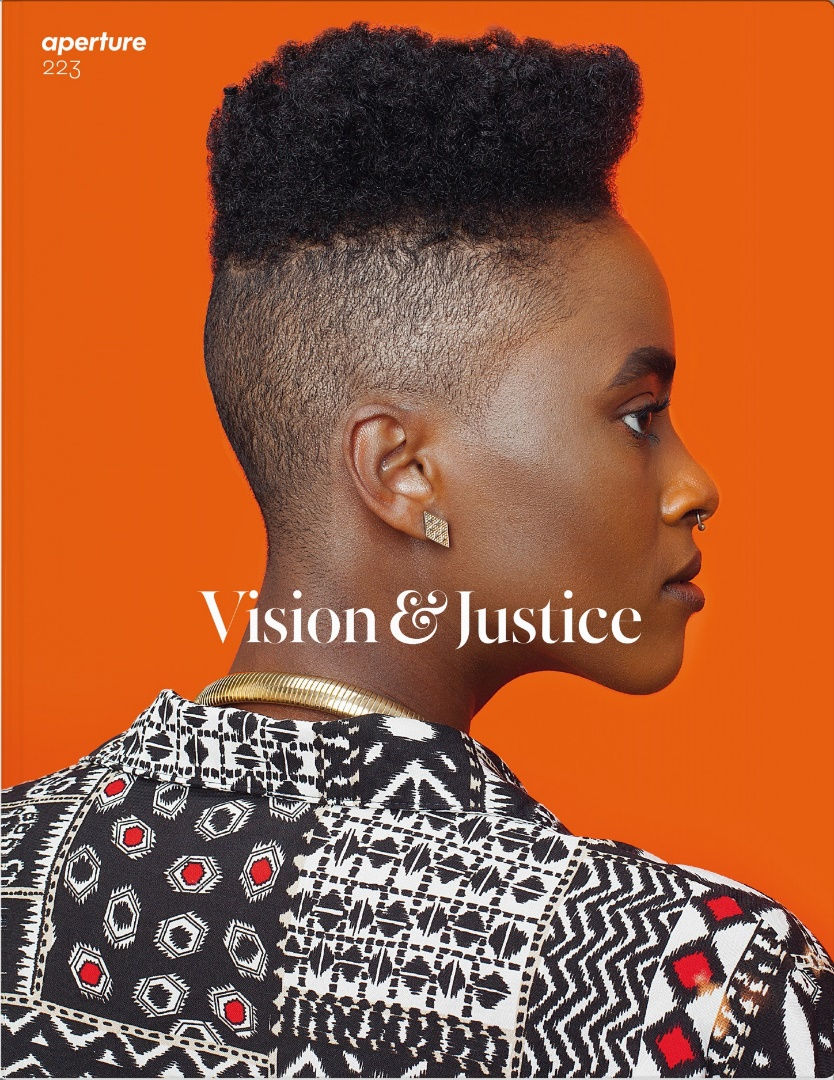Are Black Artists Over-Exhibited and Under-Theorized?
- Alessandro Berni

- Mar 9, 2021
- 4 min read
If I could describe black art, “breathtaking” and well crafted” are what come to mind. Over the years the journey for representation and simple acknowledgement were fond for black artist. Sarah Lewis stated in an article: "The status of Black art history, African American, African diasporic or Black Atlantic art history—within the discipline is that it no longer needs a status update—a good thing. It exists. It is established. I am fortunate to be working at a time when that is the case." There is a shift happening in every industry were the urge for incorporating diversity is a major thing. Representation matters in every industry for every race. It is very important for black art to be showed, exhibited and honored.

Poster for David Driskall’s “Two Century of Black American Art” at LACMA, featuring Charles White, I Have a Dream (1976)
There are so many people who made “Black art” a success. They follow as James Porter, Alain Locke, David Driskell and so many more. Many may wonder why is it so important for black art to be seen in museums. Museums are central for establishing and redefining the narratives that shape the history of a lineage. Many exhibitions were inspired by African American art that was formed through arguments.

One of two covers of Aperture 223, “Vision and Justice,” featuring Awol Erizku, Untitled (Forces of Nature #1) (2014).
Where were now currently in the world. There is a power shift not only for museums but for Black artist to be properly positioned within the grand narrative of history. With the work of the most celebrated Black artists many of their work has been "Over exhibited and under theorized" Susan Lewis stated in an article with Art Netnews. Due to this, there has been an imbalance between the approval and discussion of their work. Which now has a way with altering their impact within their place in history.

Amy Sherald, who painted the official portrait of Michelle Obama, appeared in the film Black Art: In the Absence of Light. HBO
Mari Evans was a well-known poet, playwright, and civic leader who lived in Indianapolis from 1947 until her passing in 2017. She spoke about the atmosphere of her city. While writing an essay it became part of the book "Where We Live" published in 1988 for the Indiana Humanities Council. In the essay she stated,“What we find is that racism, in this up-South city at the end of the twentieth century, is like a steel strand encased in nylon then covered in some luxurious fabric. The intent is to avoid, if possible, blatant offenses, to soothe, mollify, if necessary, dissemble — while racism, the steel strand, still effectively does the job.” Her words are powerful and descriptive. I imagine every word she stated and put it into a scenario where in many situations many things were swept under the rug. When we’re talking about another race’s livelihood and progression.

"Two Centuries of Black American Art," which was shown at the Los Angeles County Museum of Art in 1976, was pivotal in giving attention to the work of Black artists who had long been sidelined. The exhibit went on to Atlanta, Dallas and Brooklyn in 1977.
“It is important for us to stand up for what is right and not allow bullies to win and cripple organizations and, more importantly, individuals, with toxic behavior.” There is still so much work to be done but at first, we have to acknowledge the wrong that has been told to us that it is right over the years.

Artist Kehinde Wiley and former President Barack Obama unveil his portrait at the Smithsonian's National Portrait Gallery in Washington, D.C., in February 2018. Mark Wilson/Getty Images
David Driskill an artist, art historian and curator stated, “There is a Black aesthetic. It's important to have a Black aesthetic. We should not fall into this notion that I grew up with, that you should become a part of the American melting pot and forget who you are. I was told as a young man in the '60s, "Don't think about being a Negro," which was the term then, "think about becoming an American." But that's not possible, you know. So there definitely should be a Black aesthetic. That doesn't take away from the fact that we are still Americans, but we should have been able to have our own sense of identity.” It is so powerful and inspiring because there is beauty in every culture. The things that make us unique are what help cultivate our aesthetic. So yes, Black aesthetic is a thing!

"Untitled (Studio)," by Kerry James Marshall, 2014, one of the pieces featured in Black Art. HBO
Kehinde Wiley and Amy Sherald are two artists who have created portraits of Barack and Michelle Obama. It is so impactful and important that this was done because there will be so many young black/brown girls and boys who can look up to these pictures and aspire to that. “And you don’t have to say you need to aspire to Bill Clinton or Franklin Delano Roosevelt or Teddy Roosevelt because these people are up there in those museums now look like me”.
Black art is necessary! Cheers to the changes that are to continue to come from this industry!


Comments